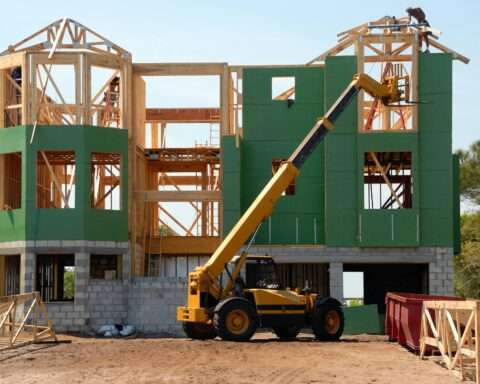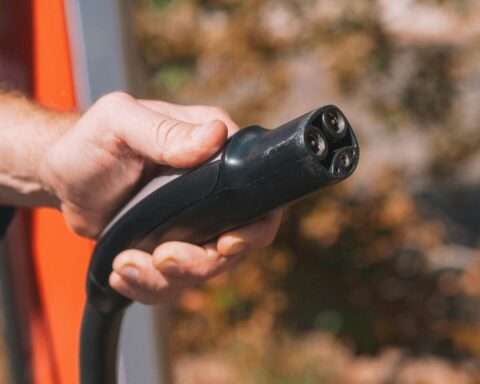Responding to studies showing poor indoor air quality negatively affects academic performance and attendance, the Environmental Protection Agency (EPA) is making up to $32 million available to improve the air in public schools nationwide.
The grants will support projects that address indoor air quality and energy efficiency activities over five years, including educational campaigns and research initiatives. They available through the Grant Funding to Address Indoor Air Pollution at Schools Program, which is designed to assist organizations who serve schools in low-income and disadvantaged communities.
“EPA is working with our partners to equip schools in overburdened communities with resources to develop and implement plans that improve air quality and energy efficiency, ensuring that students and staff are breathing cleaner and healthier air in school every day,” EPA Deputy Administrator Janet McCabe said in a press release.
Many children across the nation, particularly poor children in urban and rural districts, attend school in buildings that are more than 50 years old, making it more likely that facilities will contain hazardous materials such as asbestos and lead paint. Other harmful indoor air pollutants include radon, mold and smoke from wildfires. Collectively, exposure to these materials can cause or aggravate a number of respiratory illnesses, including asthma. Among chronic illnesses, asthma is the leading cause of absenteeism among school-aged children.
In an effort to assist schools in developing comprehensive air quality plans for their facilities, the Grant Funding to Address Indoor Air Pollution at Schools Program will make grants available through a competitive process that opened Jan. 11. The final deadline to submit applications to this funding opportunity will be March 19.
Eligible applicants include states, territories, Indian Tribes, nonprofit organizations, and local governments and educational agencies.












